Cleopatra: Portrait of a Killer was commissioned in September 2008 by Mark Bell. Originally conceived as a factual drama, as the documentary story unfolded, the revelations became increasingly exciting.
The challenge was to do the story justice on a budget that was a fraction of the notoriously expensive epic starring Liz Taylor and Richard Burton. What we lacked in budget, we made up forwith an incredible story and a world scoop.
We had ancient texts that told how Cleopatra had her entire immediate family murdered; we had great archaeological locations in Turkey and Egypt but, above all, we had a body - the last sister Cleopatra had murdered. What's more she'd been murdered by (Cleopatra's lover) Mark Antony, on the steps of the Temple of Artemis, one of the seven wonders of the Ancient world.
Cleopatra director Joseph Mankiewicz may have had $44m (£31,4m) to make his film in 1963, but he didn't have a sensational story like this.
In the archaeologists' depot in Ephesus, Turkey, lay half a dozen Roman skeletons. An eerie blue light shone through the glass roof picking out the faded yellow of the bones. I really felt as though I could have been on the set of CSI. In the centre of the room, looking slim, graceful (and headless) was the skeleton of Cleopatra's murdered sister. It's difficult to imagine what it feels like to touch the bones of someone who had come into contact with Cleopatra, Mark Antony and Julius Caesar.
We had five weeks to decide our drama location, and four days to film the drama. For reasons of
time and money, we had to use a studio, and we got a deal filming in Ouarzazate, Morocco, in winter. The set had to look like sunny Egypt, which it did: the light was perfect, the palm trees glistened, and the stars twinkled over central casting's Egyptian monuments. But on two of the nights we were there, it snowed.
The actresses playing Cleo and her sister had to wear warm weather gear in between takes, and control the shivers under their togas when they were on camera.
Despite having a tight budget, we created an authentic film, with scripted lines in the drama coming from ancient texts. Ian McNiece, a veteran of the BBC/HBO Rome series played the part of the Roman historian Cassius Dio, giving the Roman chronicler's account of our epic saga in the Roman's own words.
The factual forensic story drove the drama. With a tight turnaround we used two crews to maximise the amount of footage, and cameramen who understood that when it comes to drama on a budget, less is more.
In the end, however much money you have, or however much time, nothing beats a good story, which is what Cleopatra: Portrait of A Killer delivers.
Cleopatra: Portrait of a Serial Killer
Production company: Brave New Media/Lion Television
TX: BBC1, 23 March at 9pm
Director: Paul Elston
Executive producer for Lion: Richard Bradley
Executive producers for BBC: Carol Sennett and Cassian Harrison
Summary: A recently rediscovered skeleton belonging to Cleopatra's murdered sister paints a very different picture of the Cleopatra of romantic legend.
Paul Elston: My tricks of the trade
Compass and notebook - always work out when and where the best sunlight will fall on your filming locations, and make a note of it.
Mini rucksack - everything gets lost on location, particularly on drama shoots. Keep everything in one bag, and remember where you put it.
Bones expert - you might need one to rebuild the skull of an ancient heroine at short notice.
27 copies of the shooting script - because if you're like me, you'll have lost the first 26 by the fourth day of the shoot.


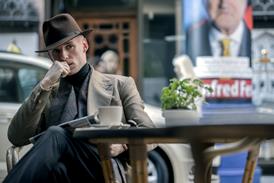




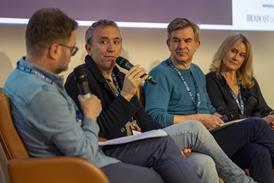
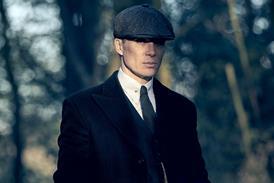



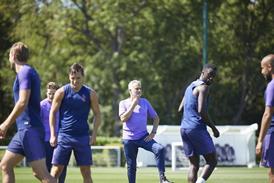

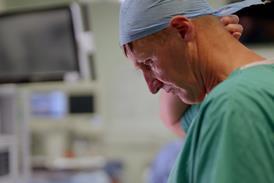

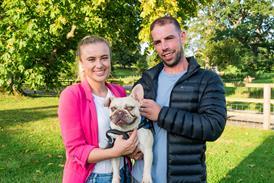












No comments yet